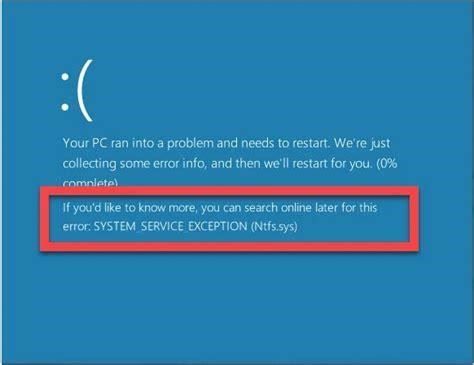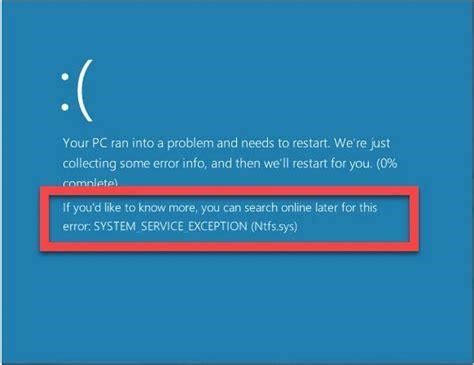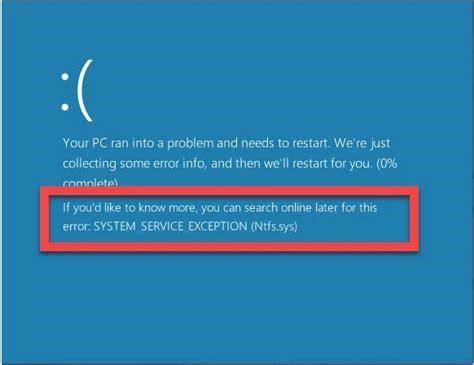Navigating Bluetooth Issues on Windows 10: A Deep Dive
As avid Windows 10 users ourselves, we know how frustrating intermittent Bluetooth connectivity can be. After digging deep into various user forums, we uncovered some enlightening tips, tricks, and potential fixes directly from the source—fellow Windows 10 users like you.
The Disappearing Bluetooth Menace
Imagine this: you’re jamming to your favorite Spotify playlist using your Bluetooth headphones one minute, then suddenly the music cuts out. You check your Bluetooth settings only to find…nothing. It’s like your PC never had Bluetooth capability to begin with.
This "disappearing Bluetooth" phenomenon seems to plague certain hardware configurations more than others. We took a close look at the experiences of users with Dell XPS desktops, Dell Precision laptops, and other Qualcomm/Intel setups.
Can new Windows 10 updates break Bluetooth connections?
Sometimes, new Windows 10 updates can inadvertently break the Bluetooth connections of some of your times without you knowing. If you are looking to verify that your Bluetooth device driver is installed, you will need to right-click the Windows Start button and select Device Manager.
How to fix Bluetooth connection issues?
One effective way to fix the Bluetooth connection issues is to remove the Bluetooth device from your computer and then add it again. If your Bluetooth device was connecting to your computer previously but now, you are facing connection issues with your Bluetooth device, the Bluetooth device is already added to your computer.
Frustration Abounds
"I have since tried updating the drivers, reinstalling the drivers and even uninstalling the device from the Device Manager page, followed by selecting ‘scan for hardware changes,’ and nothing has worked, its as though my computer has simply forgotten how to turn Bluetooth on," one dismayed user explained.
Others chimed in agreeing they had tried restarting, resetting, updating drivers, tweaking services, and full-on reinstalling Windows 10. But alas, Bluetooth remained elusive, vanishing into thin air.
"You gotta love an OS that just loses important functions at random, don’t you?" one particularly vexed user quipped.
The Breakthrough
Just when all hope seemed lost, a brilliant suggestion emerged from the virtual ashes.
One insightful user recommended fully powering down the PC, unplugging the power cord for 10+ seconds, plugging it back in, and then rebooting. Lo and behold, Bluetooth magically reappeared for several affected users! The key was to fully disconnect power versus just restarting or shutting down normally.
Examining The Fix
What explains this mysterious yet effective solution? We dug deeper to understand the technical nuances.
Why is there no Bluetooth button in Windows 10?
If pressing the Connectbutton in action center doesn’t find your device in Windows 10, here are some things to try: Check action center to see if your Windows device supports Bluetooth. If it does, there’ll be a Bluetooth button in action center. Make sure it’s turned on.
How to turn off Bluetooth on Windows 11?
Check if you have turned on the Bluetooth of your computer. The button to turn on and off the Bluetooth is available in Windows 11/10 Settings. Turning on the Airplane mode will turn off all the wireless connections on your Windows device. Hence, it is a quick way to turn off all wireless connections in one go.
How to fix Bluetooth connection problems in Windows 11/10?
To get rid of this problem, change the frequency of your Wi-Fi signal from 2.4 GHz to 5 GHz. Read: Bluetooth headphones show up as two devices in Windows 11/10. One effective way to fix the Bluetooth connection issues is to remove the Bluetooth device from your computer and then add it again.
Evidently, completely interrupting power forces certain hardware components to discharge residual electricity. Upon restarting, the motherboard and integrated Bluetooth controller essentially “reset” and reinitialize properly.
This contrasts with a normal restart where some components remain partially powered. The Bluetooth controller may thus fail to reactivate completely, leaving Windows unaware of its existence. Fully removing power forces a “hard reset” of sorts.
Additional Fixes To Try
While the full unplug technique seems highly effective, there are a few other remedies worth attempting:
-
Run the built-in Windows 10 Bluetooth troubleshooter under Update & Security settings. This automatically checks for driver issues.
-
Toggle the Bluetooth driver off and back on under Device Manager to force a refresh.
-
Install all available Windows Updates to potentially grab a new Bluetooth driver.
-
Under Services, restart or reset the Bluetooth Support Service to kickstart it.
-
Use Startup Repair to diagnose and fix various system issues.
-
Manually uninstall then reinstall the Bluetooth driver via Device Manager to start fresh.
Why is my Bluetooth not working Windows 10?
Other common causes of Windows 10 Bluetooth errors include a broken device, the incorrect settings were enabled or disabled in Windows 10, and the Bluetooth device is turned off. Because the causes of a faulty Bluetooth connection can vary, there are numerous possible solutions to try.
How do I enable Bluetooth on Windows 11?
After you’ve checked that your Windows 11 PC supports Bluetooth, you’ll need to turn it on. Here’s how: In Settings: Select Start > Settings > Bluetooth & devices , and then turn on Bluetooth .
How to set up Bluetooth on Windows 10?
Type and search [Bluetooth and other devices settings]① in the Windows search bar, then click [Open]②. Turn on Bluetooth③. And, you will see your computer’s Bluetooth device name below. (such as ”LAPTOP-E3B6RTQS” below) Select [Add Bluetooth or other device]④. Select [Bluetooth]⑤.
Prevention Is Ideal
Ideally, one could prevent Bluetooth from vanishing altogether. While intermittent connectivity issues will likely persist on certain hardware, completely losing Bluetooth is avoidable.
Fully updating Windows and your device drivers is critical. Monitoring forums and user groups can also provide an early heads-up on potential problems with specific components.
Proactively toggling Bluetooth off and on periodically may also help prevent glitches before they occur.
The Road Ahead
In summary, intermittent Bluetooth headaches remain an occasional nuisance within Windows 10. But solutions and workarounds do exist, as our crowd-sourced technical dive revealed.
Have you encountered Bluetooth issues on your Windows 10 device? What tricks helped get connectivity back on track? How can Microsoft improve the reliability of Bluetooth in future updates? We welcome your insights and experience in the comments below!
Why does Bluetooth disappear from the settings?
There can also be other situations where Bluetooth disappears from the Settings because of bad drivers, conflicting applications etc. First of all, you should check if Bluetooth hardware is indeed present on your device (or your system supports Bluetooth ).
How do I fix Bluetooth problems in Windows 11?
The Hardware and Device troubleshooter scans for and fixes issues with Bluetooth devices. While the setting is hidden in Windows 11/10, you can use Command Prompt to access it. Type CMD in the search box and select Run as administrator under Command Prompt. Next, enter msdt.exe -id DeviceDiagnostic to open the Hardware and Device troubleshooter .
How do I remove a Bluetooth peripheral from my computer?
Discoverable Bluetooth devices will appear in the list, just click the one you want to connect automatically. To disconnect a Bluetooth peripheral from your computer, use the following steps: Open Settings. Click on Devices. Click on Bluetooth & other devices. Select the peripheral. Click the Remove device button.




